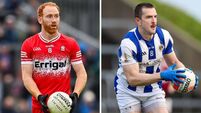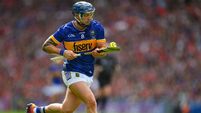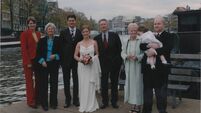Power, pace make Déise unstoppable
For the first time in the game Waterford had three men free, all on the right flank. James Murray had time to clear a ball — and he had the option of hitting it to two other team-mates.
Limerick had given everything, as had Waterford, but the men in green had begun to flag physically, and the pressure that had been exerted on all the Waterford players throughout the field relaxed a little.











